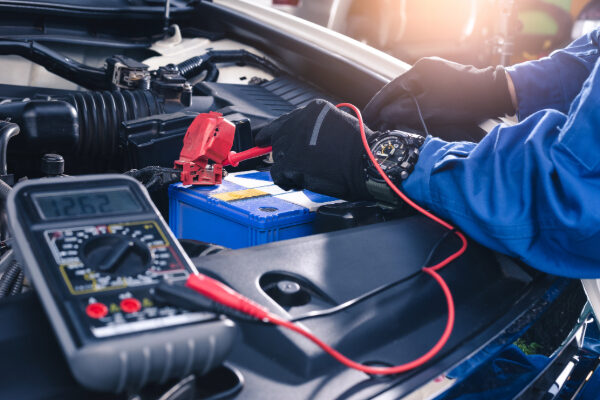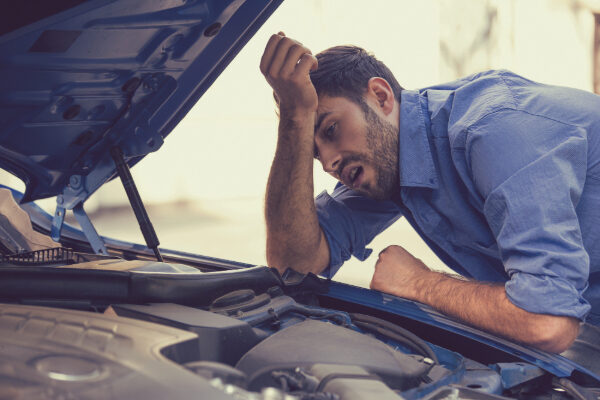
Making small adjustments to how you drive and maintain your car can help you slash lower your fuel consumption and improve your gas mileage. These hypermiling tips may not only save you money at the pump; they can also help you become a safer driver and extend the life of your car.
1. Keep idling at a minimum
While you’re sitting at a drive-through or parked near the curb waiting to pick someone up, turn off the engine instead of keeping it idle. In a fuel economy test, Edmunds found that avoiding excessive idling can improve fuel economy by up to 19 percent.
2. Drive smoothly
Maintaining a consistent speed is a key to maximizing fuel efficiency. Avoid accelerating rapidly and slamming on the brakes by anticipating red lights, stop signs, traffic slowdowns and sharp curves.
3. Use a monitoring device
Improving your driving habits can be difficult, especially if you don’t know how your driving performance stacks up. SmartRide is a small device – available in some states – for your car that gives you personalized feedback about your driving trends that can help improve your fuel efficiency, such as the number of times you accelerate quickly or brake hard.
4. Check tire pressure at least monthly
Under-inflated tires can reduce fuel economy by up to 3 percent. Consumer Reports suggests using a tire gauge to check your pressure at least once a month to make sure they’re set to the manufacturer’s recommended pressure, which can typically be found on glove compartment door or driver’s side door pillar.
5. Don’t carry unnecessary weight
Avoid carrying unnecessary items in your vehicle, especially heavy ones. 100 extra pounds of weight in your vehicle can reduce your gas mileage by up to 2 percent, according to the U.S. Department of Energy. Carry only the necessities, such as a few water bottles, a flashlight and other core emergency items.
6. Use the air conditioner sparingly
Operating the AC at maximum capacity can reduce gas mileage by approximately 5-25 percent, but leaving your windows down at high speeds can cause aerodynamic drag, which also reduces fuel efficiency. To stay cool, keep the AC off and the windows down in slow city or suburban driving. It’s better to turn the AC on when you’re driving at highway speeds.
7. Stay close to 60 miles per hour on the highway
Vehicles lose fuel economy at high speeds. When you’re on the highway, try to limit your speed to 60 miles per hour when this is within the posted speed limit and when conditions (weather and traffic) otherwise allow. The U.S. Environmental Protection Agency reports that every 5 miles over the 60 mph level is the equivalent to paying an additional 20 cents per gallon for gas.



